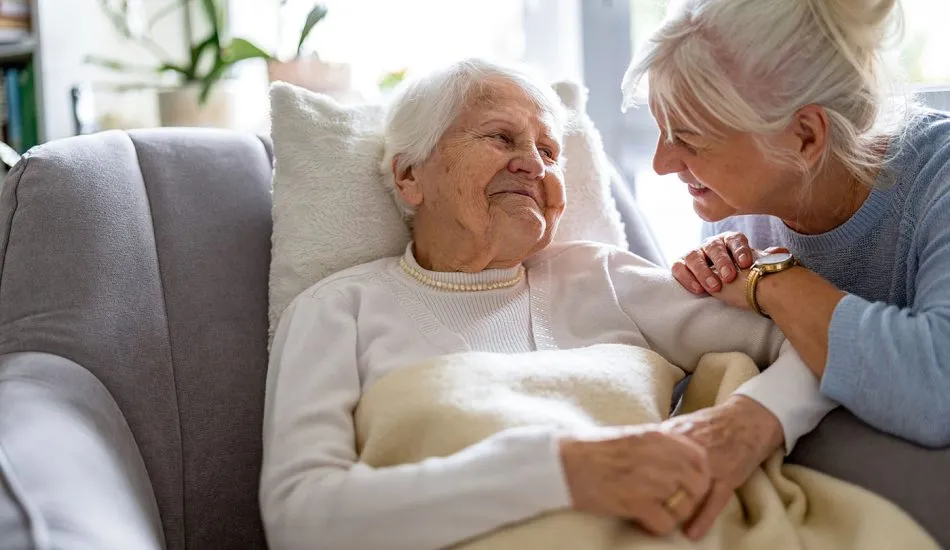When families entrust a loved one to a care home, they expect a safe environment where compassion, dignity, and professional care come first. Unfortunately, not all facilities meet these standards, and negligence can have devastating consequences. Negligence in care homes is not always obvious at first. It may start with subtle changes in behavior, unexplained injuries, or a decline in overall well-being. Protecting your family member and making sure they get the treatment they need depends on your ability to spot the early warning signs.
Physical Indicators Of Neglect
One of the clearest signs of negligence is a change in your loved one’s physical condition that cannot be explained by their medical history. Unexplained bruises, cuts, or even fractures may indicate rough handling or falls that went unreported. Bedsores, also known as pressure ulcers, are another red flag. These wounds typically develop when a resident is left in the same position for long periods without proper movement or repositioning.
Weight loss, dehydration, and poor hygiene are also telling indicators. If your loved one appears unkempt, smells of urine, or seems malnourished despite having no underlying medical condition that explains these changes, it may signal a lack of consistent, attentive care. Care home staff are responsible for assisting with meals, hydration, and hygiene, and their failure to do so is often a direct reflection of negligence. Families researching early warning signs often turn to trusted resources like https://nursinghomelitigator.com/what-is-considered-nursing-home-negligence/ to better understand what legally qualifies as negligence in a care home setting.
Emotional And Behavioral Changes
Negligence is not always physical. Sometimes the most noticeable changes occur in your loved one’s emotional state. A once cheerful and engaged family member may suddenly become withdrawn, anxious, or depressed. Fearful behavior around certain staff members can be especially concerning, as it may point to mistreatment or neglectful supervision.
Social isolation is another troubling sign. Many care facilities emphasize activities and community interaction, but when negligence occurs, residents may be left alone for long stretches of time without stimulation. If your loved one seems disinterested in conversations, activities, or no longer wishes to engage with others, it may be due to neglect of their emotional and social needs.
Environmental Red Flags
The condition of the care home environment itself often reflects the quality of attention residents receive. Pay attention to whether the facility appears clean, organized, and safe. Dirty living spaces, unpleasant odors, and poorly maintained common areas can point to systemic neglect.
A lack of staff presence is another concern. If you notice residents left unattended for long periods, unanswered call buttons, or staff that seem rushed and overwhelmed, it may suggest understaffing—a common root cause of negligence. Proper staffing levels are essential for ensuring residents receive prompt medical attention, assistance with mobility, and general support throughout the day.
Medical Neglect And Unmet Needs
Medication errors and missed medical care are particularly dangerous signs of negligence. If your loved one complains about not receiving their medications on time or if you notice worsening health conditions without any explanation, it may indicate that staff are failing to follow medical instructions. Negligence in this area can quickly escalate into serious health crises.
Similarly, untreated infections, persistent pain, or neglected medical appointments can signal a pattern of disregard for residents’ health. Families should also take note if staff members seem unable or unwilling to provide clear updates on their loved one’s medical care. Transparency is a cornerstone of good caregiving, and evasive answers may be cause for concern.
What Families Can Do?
Spotting the signs of negligence is only the first step. Families must be proactive in addressing their concerns to ensure their loved one is protected. Start by documenting everything—photographs of injuries, detailed notes of conversations with staff, and observations of the living environment. This documentation is invaluable if legal action becomes necessary.
It’s also important to bring concerns directly to facility management. Many issues can be resolved through immediate corrective measures if the administration is committed to high standards of care. However, if management dismisses or minimizes your concerns, it may be time to involve external authorities. Reporting suspected negligence to regulatory bodies or seeking legal guidance ensures that the issue is taken seriously and may prevent harm to other residents as well.
The Importance Of Vigilance
Ultimately, the safety and dignity of your loved one depend on consistent vigilance. Families who regularly visit, observe, and interact with staff are often the first line of defense against neglect. While most care providers work hard to create supportive and safe environments, negligence does occur, and the consequences can be life-altering.
Recognizing physical, emotional, environmental, and medical warning signs empowers families to act swiftly. By staying alert, documenting concerns, and advocating for your loved one, you not only safeguard their well-being but also help ensure that standards of care are upheld for all residents.



